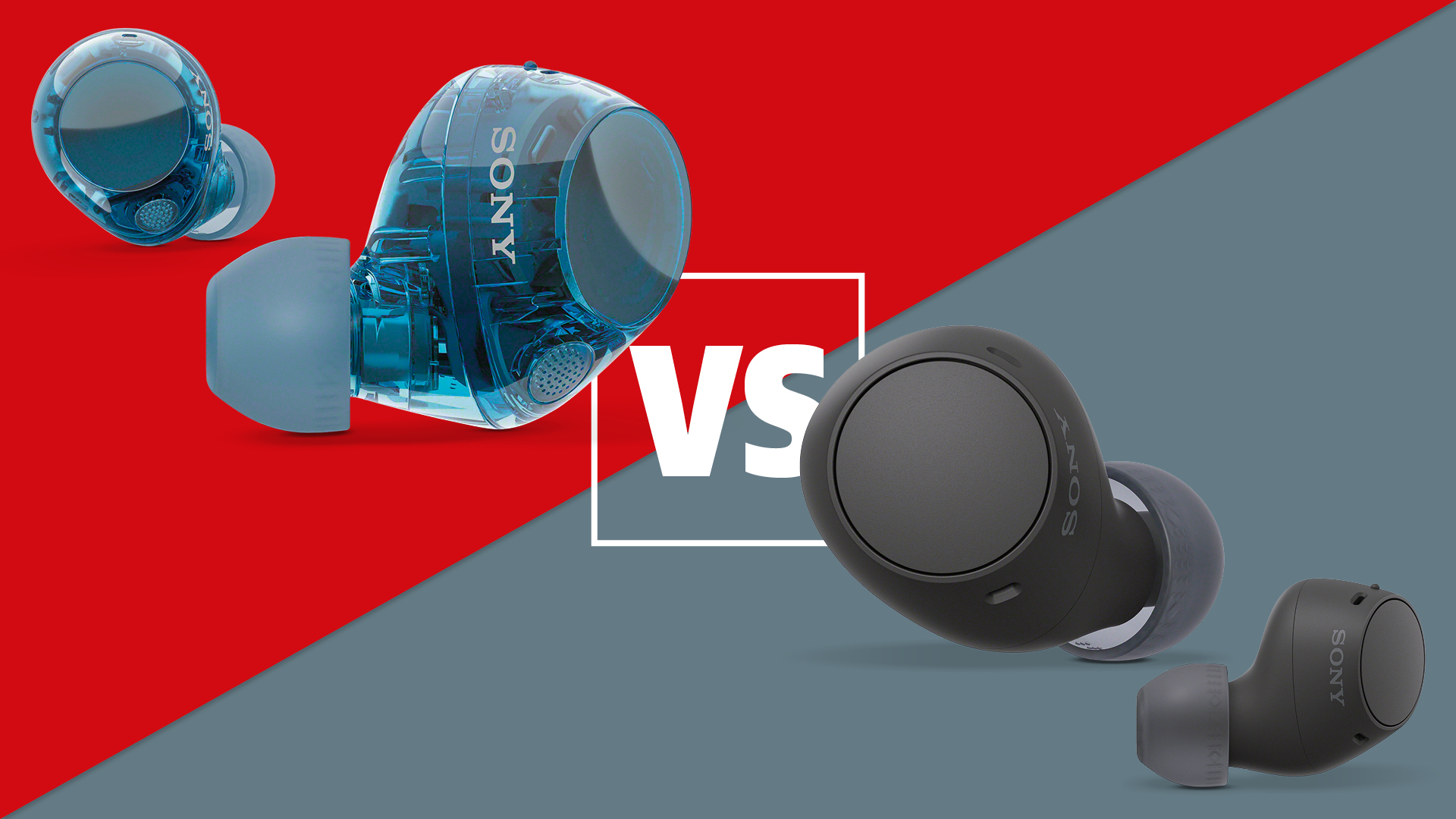3 key qualities that make a good reference hi-fi system
What makes a good reference system? Our technical editor explains...
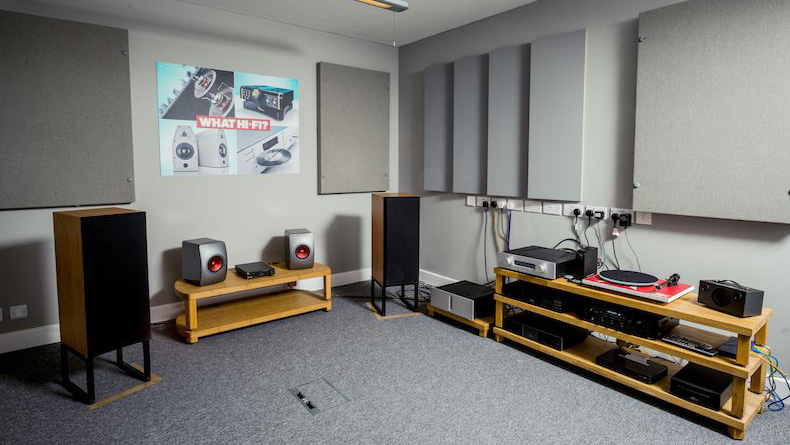
What Hi-Fi? has been testing hi-fi and AV equipment for the best part of five decades. Over that time our testing procedures have developed, from the reviews being the result of a single person’s work, to that of an experienced team working together in a way that there are checks and balances at all points in the process. An important part of that process is having a reference system that puts a spotlight on the product under scrutiny.
For some, a reference system is purely made up of the very best-performing components they can find. But that’s not the way we view it. Sure, our main system consists of some excellent products that sound terrific, but that’s only part of the reason we choose them. There are many other things we have to consider when including a particular product in our set-up.
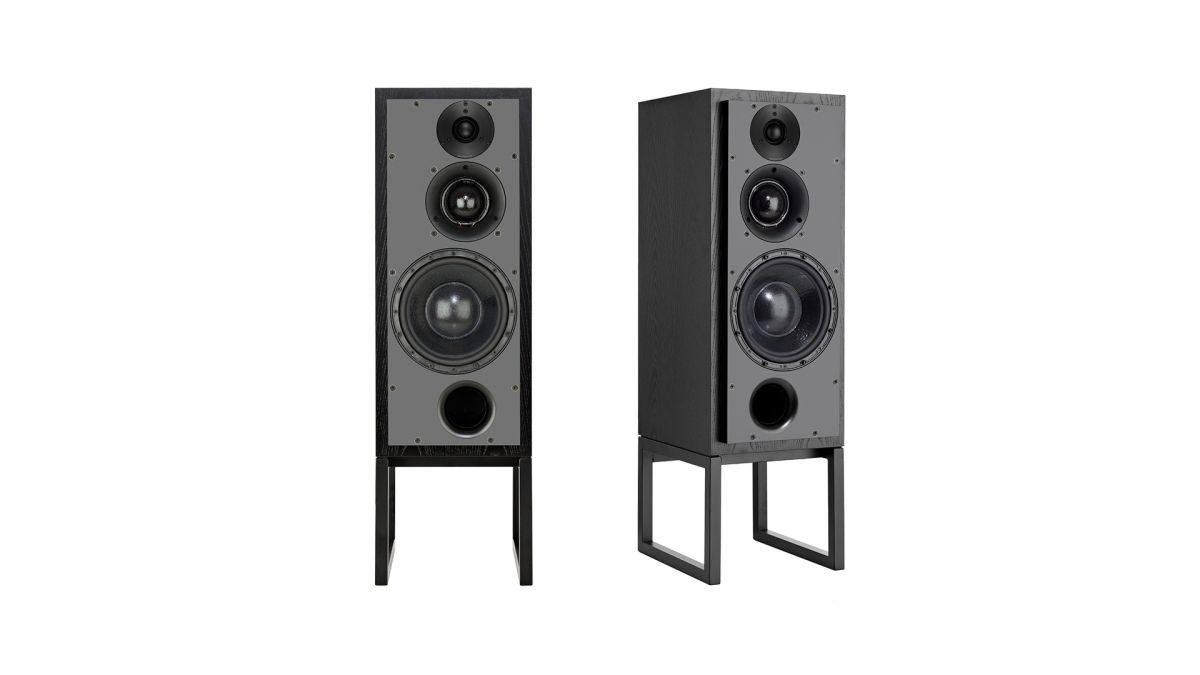
Reliability
At a basic level, the product has to be reliable. We can’t have a reference product that crumbles when asked to cope with the stresses and strains that go along with our relentless conveyer belt of reviews. Our reference electronics tend to stay powered up for years on end because they are consistently being used to run-in test equipment, or for the test itself. Our reference speakers, meanwhile, have to endure being driven to high levels by all manner of amplification, some of which is less than competently designed.
Regardless, these products will need to keep working year after year and deal with being plugged and unplugged from the system literally thousands of times. This is where any shortcuts in the quality of the materials used or a lack of robustness of the circuits come into sharp relief.
While we review products from hi-fi and home cinema companies of varying size, we like our reference products to be from established companies that have a proven track record in the industry. It means that our readers, and the industry at large, are likely to have come across the products at some point and have an idea of their quality. It adds trust to the process. Also, an established company is better able to provide service backup should that ever be required.
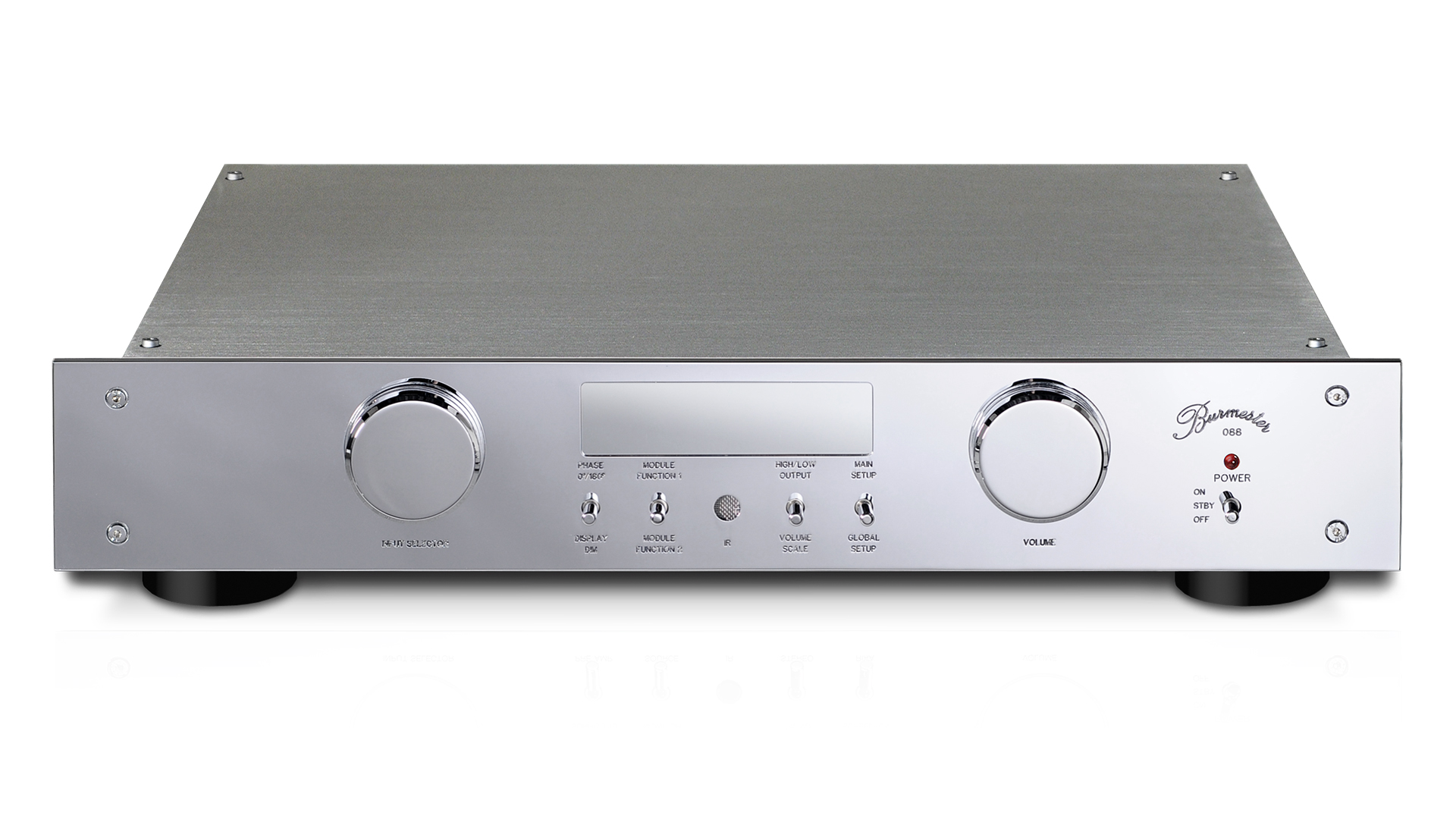
Compatibility
Another factor to consider before we even get to sound is compatibility. There is no point in having reference components that are fussy (in an electrical sense) about what is being connected to them. All the products we use in our reference systems have conventional electrical requirements as far as their inputs and output loads go. This is the only fair way to do things, we feel.
They are, however, incredibly revealing about what is plugged into them, as every such component needs to be to allow us to do our job. We also need products that have the full range of essential connections from the standard single-ended RCAs that are fitted to just about everything to balanced XLRs, or when it comes to digital, USB, optical, coax and AES/EBU to name just a few. When you test the range of products we do from budget boxes that cost less than a weekly food shop to high-end monsters that retail for car or even house money, all these bases have to be covered.
Get the What Hi-Fi? Newsletter
The latest hi-fi, home cinema and tech news, reviews, buying advice and deals, direct to your inbox.
While we have high-end reference systems for both hi-fi and AV reviews, we also make sure to test every product with more price-compatible equipment. After all, while it is nice to know that a budget or midrange amplifier will decently drive our reference ATC SCM 50 speakers costing ten times its price, it is way more useful to confirm that the kit being tested works well with the kind of partnering kit it is likely to be connected to. We have a stockroom full of our favourite products of all types and prices, and bring these out for use whenever necessary.
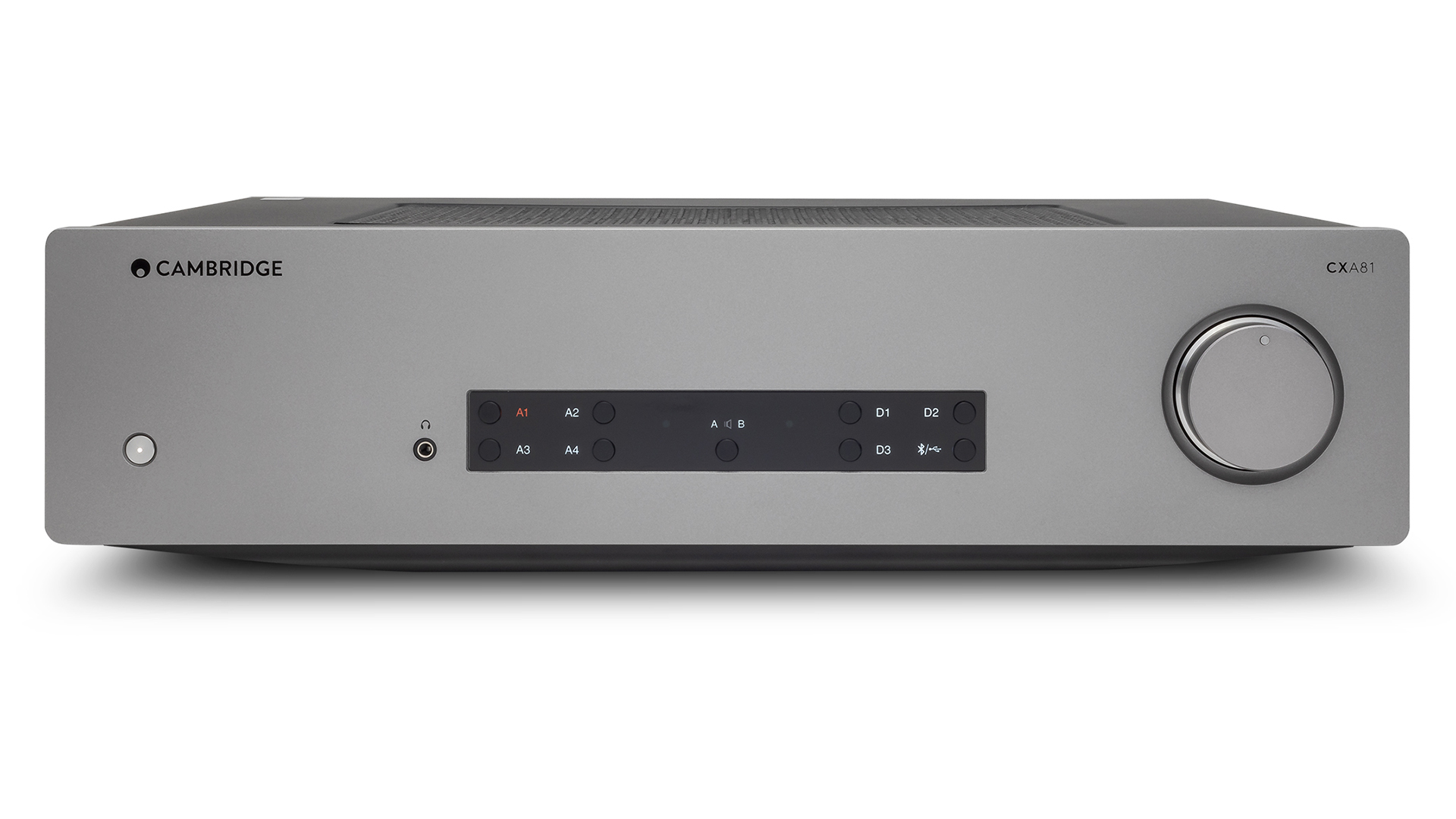
Transparency
And then we come to sound. Reference systems need to be revealing. They need to put a spotlight on the component we are testing and not let any innate characteristics that they themselves have cloud the issue. Does a reference system have to be the best-sounding products available? We don’t think so, and defining the ‘best’ is a thankless task anyway. But we do think that the products need to be, a) transparent enough to do the job, and b) sufficiently familiar to the listener that they can hear through the rest of the system to whatever the test unit is doing.
That familiarity is one of the reasons we rarely change our reference systems; the best reference point is one you know extremely well.
And there you have it. The perfect reference system has to be durable, reliable and transparent. It would be nice if it were reasonably affordable, but that’s a tough ask for what we do. Oh, and we forgot to mention that it has to be nice to use. Of course it does. No matter how good it is in other respects, any product that is a pain to use would never make a reference component for use day in and day out.
MORE:
What Hi-Fi? star ratings explained: the logic behind every review score
See our reference systems: how we test and review products on What Hi-Fi?

Ketan Bharadia is the Technical Editor of What Hi-Fi? He has been reviewing hi-fi, TV and home cinema equipment for almost three decades and has covered thousands of products over that time. Ketan works across the What Hi-Fi? brand including the website and magazine. His background is based in electronic and mechanical engineering.
-
roaduck I love the little ATC-50 - I had the ATC-300 studio monitors and the Acoustic Energy AE-4`s and I had Dynaudio Consequences in Hong Kong and Macau - nice speakers - happy memories.Reply
I flogged very serious bespoke esoteric kit in China in the 1990`s and worked for two World-renowned British Hi-Fi companies in R&D and sales.I have family in China too.
You know the original designer of the ATC from Australia designed them for dynamics, timbre accuracy , wide dispersion, off axis imagery, phase coherence, low thermal compression and huge voice coils designed in 1976.The midrange driver is still World class now nearly 50 years later.
I think today things should be modular and built to last - like old Quads, Kirby vacuums, old Bristol Cars, Vincent & Harley-D`s etc - the planet can`t take it anymore.
